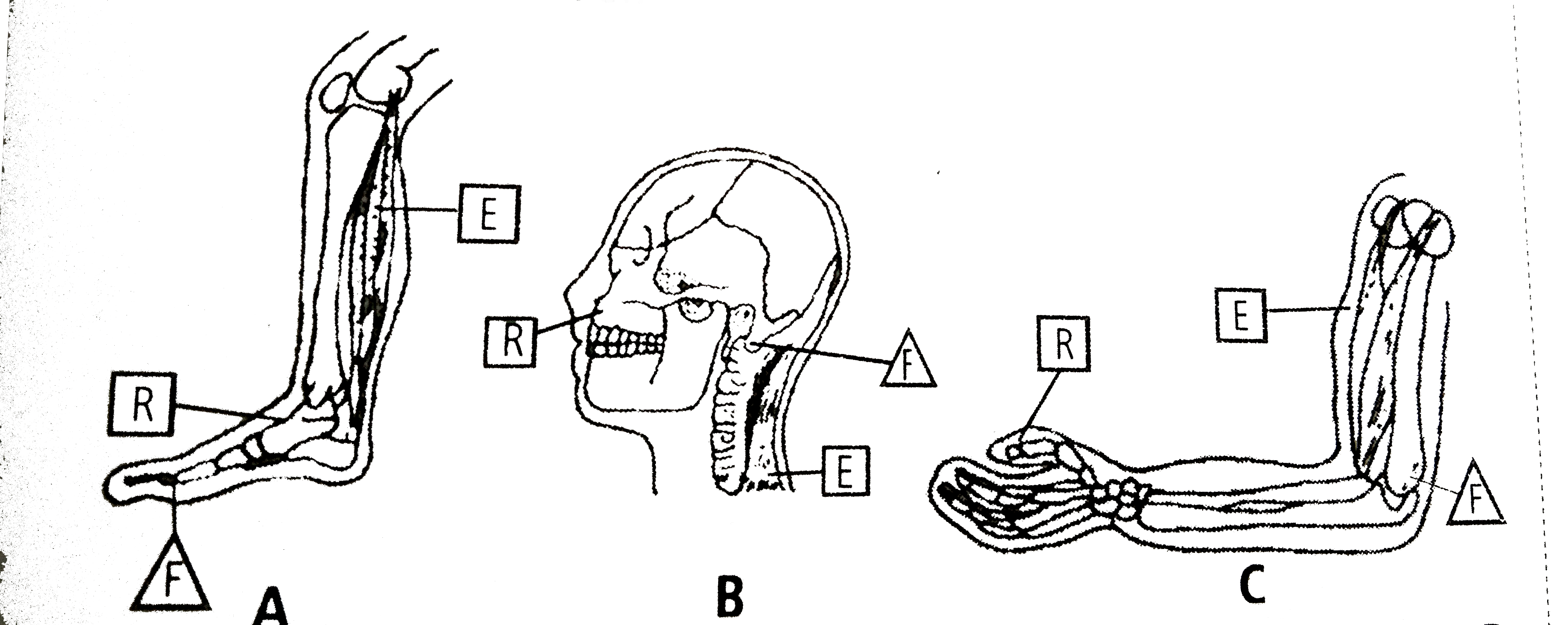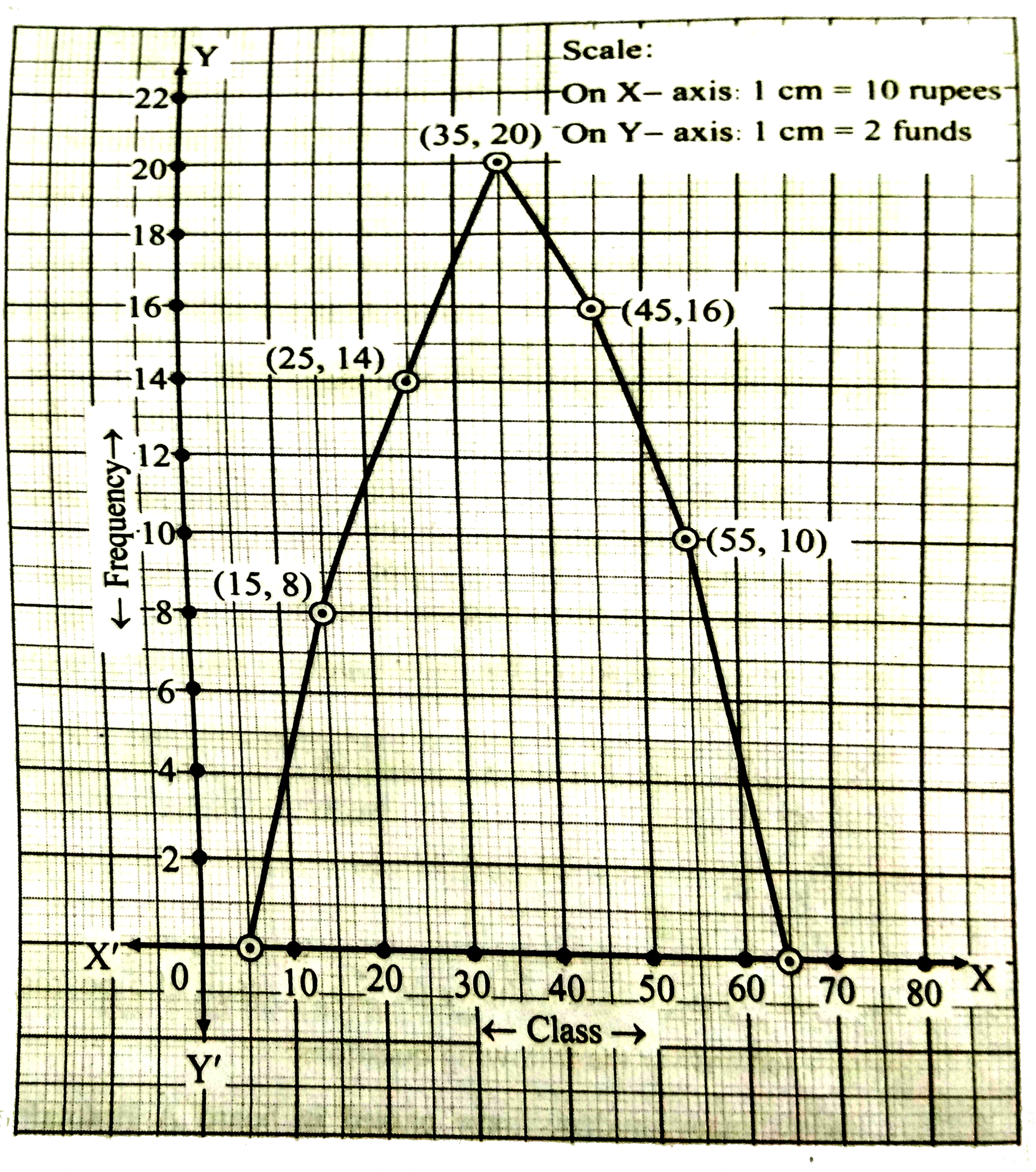Class I lever is that in which
fulcrum is between the load and effort
load is between the fulcrum and effort
effort is between the load and fulcrum
fulcrum, load and effort are at one point
The correct Answer is:A
fulcrum is between the load and effort
Similar Questions
Knowledge Check
- Question 1 - Select One
Refer to the figures, (A, B and C) and arrange them in an order of list class lever, second class lever and third class lever.
 AB,A,CBC,A,BCC,B,ADA,C,B
AB,A,CBC,A,BCC,B,ADA,C,B - Question 2 - Select One
Which of the following is a lever that can be moved in several directions to control the movement of an image on a computer monitor or similar display screen?
AMIDI DevicesBOptical Mark ReaderCJoystickDVisual Display Unit
Identify what class of levers the following objects belong to. State if mechanical advantage of these objects is more than, equal to or less than one.
Nut cracker, pliers, fire tong, wheel barrow and scissors.View SolutionAnswer the following questions based on the frequency polygon given in the figure.
i. Write frequency of the class 50−60.
ii State the class whose frequency is 14.
iii. State the class whose class mark is 55.
iv. Write the class in which the frequency is maximum.
v. Write the classes whose frequencies are zero.
 View Solution
View SolutionIn Class XI of a certain school, there are 30 students in a Mathematics class and 20 students in Biolog class. Find the number of students which are in Mathematics class or in Biology class in the following cases:
(i) Two classes are conducted at the same time.
(ii) Two classes are condcuted at different time and 5 students study both the subjectView SolutionDirection: There are 1250 total students in 5 different classes in a school. The number of students in class I is 50 less than the number of students in class II. The number of class IV students is 50 more than the number of students in class II. The average number of students in class III and class V is 250. The number of students in class III is 10% less than the number of students in class I.
The number of students of class I is -View SolutionDirection: There are 1250 total students in 5 different classes in a school. The number of students in class I is 50 less than the number of students in class II. The number of class IV students is 50 more than the number of students in class II. The average number of students in class III and class V is 250. The number of students in class III is 10% less than the number of students in class I.
The total number of students of class IV and the number of students of class II isView SolutionDirection: There are 1250 total students in 5 different classes in a school. The number of students in class I is 50 less than the number of students in class II. The number of class IV students is 50 more than the number of students in class II. The average number of students in class III and class V is 250. The number of students in class III is 10% less than the number of students in class I.
The average number of students of class II and class III isView Solution

